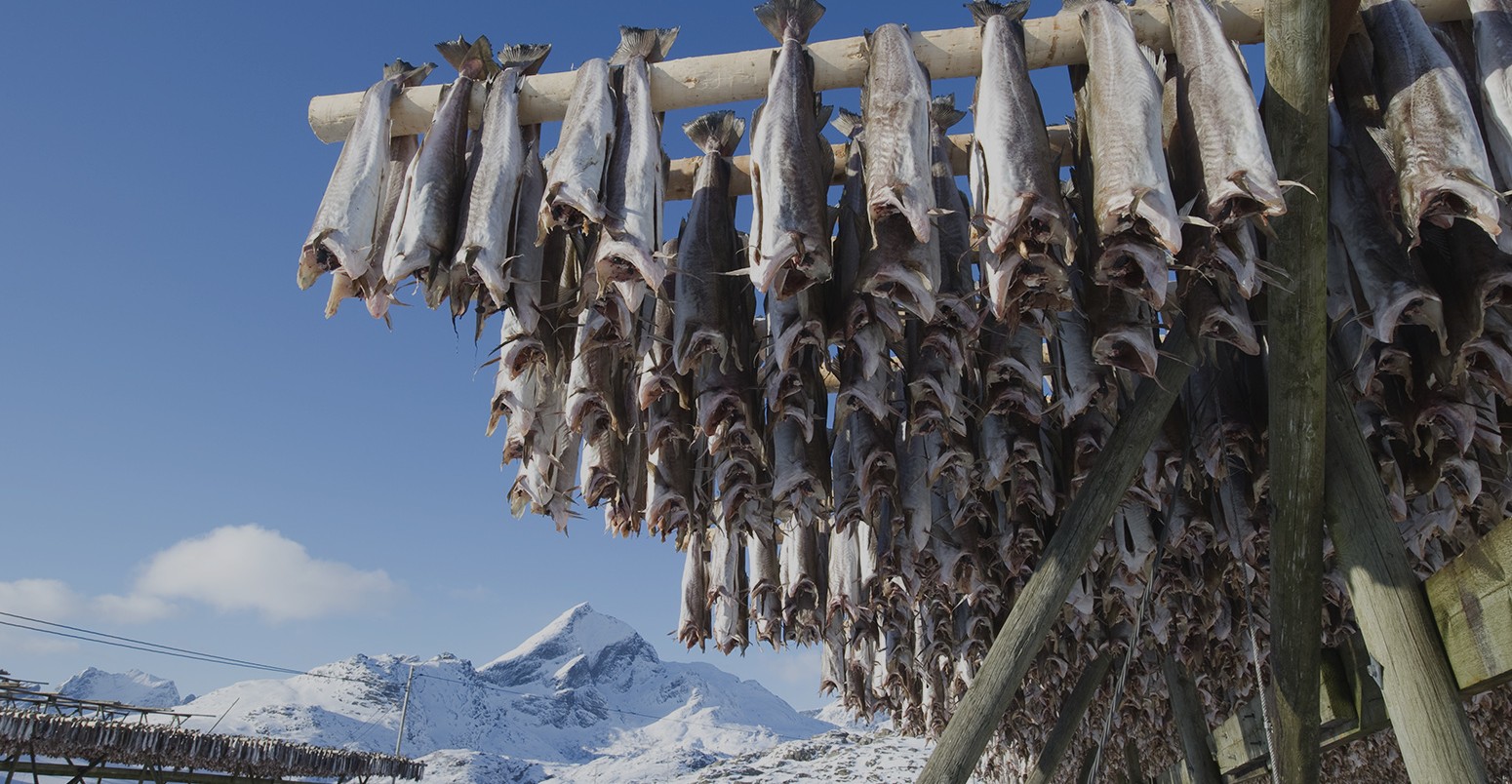
Warming Arctic to break down barriers between Atlantic and Pacific fish, study finds
Robert McSweeney
01.27.15Robert McSweeney
27.01.2015 | 4:23pmFor millions of years, fish species in the Pacific and Atlantic oceans have stuck resolutely to where they belong, kept from venturing between oceans by the cold water of the Arctic.
But new research suggests a warming Arctic could soon see fish putting aside their differences and bridging this chilly divide. And this could have implications for native species and commercial fisheries, the researchers say.
A natural barrier
For most of the last 2.6 million years, the cold temperatures and low nutrient levels of the Arctic have deterred fish species from crossing between the Pacific and Atlantic oceans.
The cold conditions mean at present only 135 of more than 800 known fish species are found in latitudes north of where the UK sits, in either the Atlantic or Pacific Ocean.
But a new study, published in Nature Climate Change, finds that with Arctic temperatures increasing almost twice as fast as the global average, this natural barrier is set to weaken.
Melting sea ice will mean ocean currents can carry warmer water and nutrients into Arctic water, taking fish further north and potentially allowing them to mix between oceans.
‘Rapid explosion in fish biodiversity’
The researchers use computer models to forecast future ocean conditions such as surface temperatures, salinity, and currents, and project how the distribution of different fish species could respond to climate change.
They analysed how suitable the Arctic seas would be for over 500 fish species during this century if greenhouse gas emissions continue at current rates.
The maps below show that many species will gradually progress north, eventually reaching the northern coasts of Canada and Russia, where fish from each ocean can mix. Their modelling shows that by 2100, 44 species could enter the Atlantic from the Pacific, with 41 species potentially crossing back the other way.
Projected number of fish species in high latitudes under business-as-usual greenhouse gas emissions. Results shown for 2015, 2050 and 2100. The dark blue show areas with the most species present. Source: Wisz et al. (2015).
This expansion will have a huge impact on the simple, fragile ecosystems in Arctic regions, the researchers say. In some areas, all marine species are native to the region, but that’s likely to change, lead author Dr Mary Wisz, a Senior Ecosystem Scientist at the Danish Hydraulic Institute tells Carbon Brief:
“Places such as Svalbard and the coasts of Greenland will undergo a rapid explosion in fish biodiversity.”
Winners and losers
Fish species expanding into new areas, and different oceans, potentially has widespread consequences. Scientists have been speculating for decades on what a warming Arctic will mean for fish mixing between the Pacific and Atlantic, Wisz says.
As some species live in both oceans, scientists suspect that in past warm periods of the Earth’s distant history fish were able to pass between oceans. But as they have been cut off from each other for so long, an influx of more, or different, fish may upset the balance, introducing new predators and other competitors for food.
A separate study shows that a ‘staggering’ 55 marine species have passed from the Red Sea into the Mediterranean since the opening of the Suez Canal in Egypt in 1869, almost entirely driving out native species.
On the other hand, the opening of the Panama Canal in 1914 resulted in an increase in fish diversity in the coastal areas of the Pacific Ocean and Caribbean Sea, which didn’t affect local species.
So which fish might be the winners and losers of species intermingling in the Arctic? Wisz explains:
“Losers are likely to be those who are weak competitors, and perhaps those species [that reproduce] with a few large eggs as they may not be able to keep pace with changes in climate as easily. The winners are likely to be those who are strong competitors such as Atlantic cod and Lingcod, and those with a lot of eggs such as Alaska pollock and Atlantic herring.”
Commercial fisheries
The researchers also looked at how Arctic conditions may become suitable for species that are fished commercially.
Of the fish species that they expect to move into Arctic waters during this century, ten are commercially fished. The chart below shows the expanding range of three of them.
This could mean additional opportunities for fisheries in the high-latitudes, the researchers say. For example, warmer sea temperatures have recently brought Atlantic mackerel to the Greenland coast, and it has already overtaken shrimp to become Greenland’s biggest fishery.
Projections of suitable Arctic conditions for three commercial fish species under business-as-usual greenhouse gas emissions: Atlantic wolffish (left), Atlantic cod (middle) and Yellowfin sole (right). The blues and greens show areas that become suitable in the first half of the 21st century, while the oranges and yellows show suitable areas in the second half. Source: Wisz et al. (2015).
But the news might not be good for existing fisheries in the Atlantic and Pacific oceans as fish will encounter increased competition from invading species, Wisz says:
“Our results show that the North Atlantic and North Pacific, which contribute nearly 40 per cent to global commercial fish landings, are likely to be ecologically affected by new arrivals of species with climate change.”
And scientists can’t yet be sure which species will prevail as the competition hots up. As Wisz concludes:
“No one knows how this will play out, and it is an important next step for our research.”
Main image: Fish hang on drying rack in Norwegian fishery.
Wisz, M.S. et al. (2015) Arctic warming will promote Atlantic-Pacific fish interchange, Nature Climate Change, doi:10.1038/nclimate2500
-
Warming Arctic to break down barriers between Atlantic and Pacific fish, study finds



